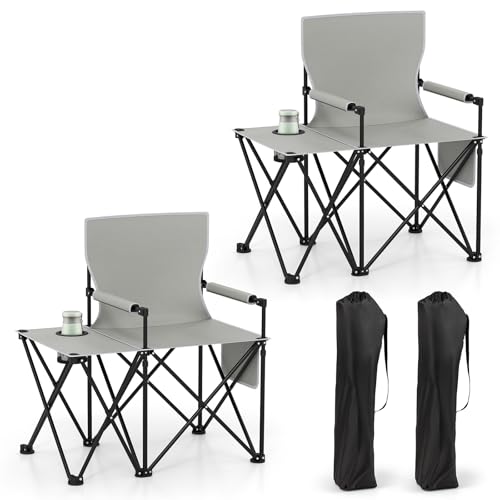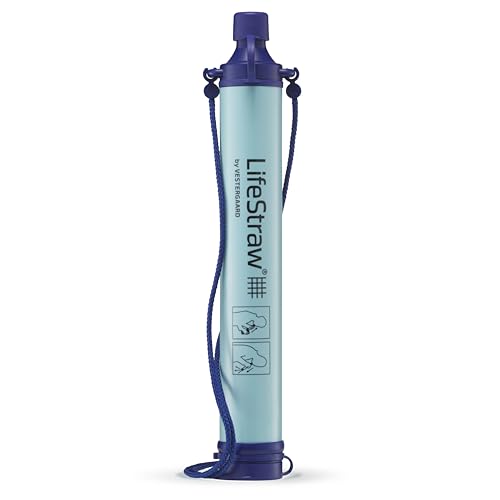There’s something magical about camping in the heart of Rocky Mountain National Park. With its towering peaks, lush forests, and crystal-clear lakes, this stunning destination offers an unparalleled experience for outdoor lovers. Whether you’re a seasoned camper or just starting out, the park’s diverse landscapes and abundant wildlife create the perfect backdrop for an unforgettable adventure.
Overview of Rocky Mountain National Park
Rocky Mountain National Park spans over 415 square miles of stunning wilderness in Colorado. Its elevation ranges from 8,000 to over 14,000 feet, creating a unique blend of ecosystems. The park features rugged mountains, alpine lakes, and diverse forests, all waiting to be explored.
Wildlife thrives in this landscape. I’ve spotted elk, deer, moose, and a variety of birds during my visits. Each moment spent watching these creatures reinforces my love for nature.
Trails range from easy walks to strenuous hikes, catering to all skill levels. Popular trails like Bear Lake and Emerald Lake showcase breathtaking views. The park offers over 300 miles of trails for those seeking adventure. Each hike presents an opportunity to connect with the environment.
Camping options include frontcountry sites and backcountry areas. Frontcountry campgrounds provide accessibility to amenities, while backcountry camping allows for a true wilderness experience. I’ve enjoyed both types, each offering a distinct connection to the park.
Weather can change quickly, so I always pack layers and gear for various conditions. The park experiences snowfall even in summer months. Preparation plays a key role in ensuring a safe and enjoyable experience.
With its stunning scenery and abundant wildlife, Rocky Mountain National Park captivates outdoor enthusiasts. Every visit reinforces my passion for camping, hiking, and experiencing the great outdoors.
Choosing the Right Campsite
Selecting the perfect campsite in Rocky Mountain National Park enhances the overall camping experience. I’ve learned that the right choice can make all the difference in comfort and enjoyment.
Types of Campgrounds
Rocky Mountain National Park offers various campgrounds. First, frontcountry campgrounds provide easy access to facilities. I’ve stayed at places like Moraine Park and Glacier Basin, which feature restrooms, picnic tables, and campfire rings. Second, backcountry campgrounds deliver a more rugged experience. Set up your camp at sites like the one near Timber Line Falls, accessible only via hiking. Each type of campground suits different needs, whether you prefer convenience or the solitude of the wilderness.
Reservations and Fees
Reservations play an essential role in planning. Most frontcountry sites require reservations made through the National Park Service’s website, especially during peak seasons. Fees typically range from $30 to $35 per night, depending on the campground. Backcountry sites don’t always require reservations, but I recommend obtaining a free permit at a park visitor center. Prioritize checking the specific campground details to avoid surprises and ensure you secure your spot in this stunning natural environment.
Essential Camping Gear
Camping in Rocky Mountain National Park requires the right gear to ensure comfort and safety. I’ve found that packing essential equipment makes every adventure more enjoyable.
Must-Have Equipment
- Tent: I prefer a weather-resistant, lightweight tent. Look for one that withstands wind and rain, ideally with a rainfly for extra protection.
- Sleeping Bag: Opt for a sleeping bag rated for low temperatures. The nights in the mountains can get chilly, so staying warm is crucial.
- Sleeping Pad: A sleeping pad adds comfort and insulation from the cold ground. I always carry an inflatable or foam pad for extra comfort.
- Cooking Gear: A portable stove or campfire setup works wonders. I use lightweight cookware to minimize pack weight. Don’t forget utensils and a lighter.
- Water Filtration System: Clean water is essential. I rely on a reliable filtration system or water purification tablets to turn natural sources into safe drinking water.
- Backpack: A comfortable, sturdy backpack distributes weight evenly. Look for features like hip belts and ample compartments for easy organization.
- Multi-tool or Knife: A multi-tool serves various purposes, from cooking to emergency repairs. I never leave home without mine.
- Food Supplies: Non-perishable, lightweight food keeps me fueled on the trail. I opt for items like dehydrated meals, energy bars, and trail mix.
Safety and First Aid Supplies
- First Aid Kit: A comprehensive first aid kit ensures I’m prepared for minor injuries. It should include bandages, antiseptic wipes, pain relief, and personal medications.
- Navigation Tools: A map, compass, or GPS device helps me stay on course. It’s vital to know where I’m headed, especially in the park’s vast backcountry.
- Emergency Whistle: Carrying a whistle can signal for help in emergencies. I always attach mine to the outside of my pack for easy access.
- Headlamp or Flashlight: A reliable light source is essential after dark. I use a headlamp to keep my hands free for setting up camp or cooking.
- Bear Spray: Wildlife encounters are common. I always pack bear spray as a deterrent and keep it accessible while hiking.
- Fire Starter: A fire starter helps me quickly build a campfire. I prefer waterproof matches or a fire starter kit for reliability.
- Emergency Blanket: An emergency blanket takes little space but provides warmth in critical situations. I keep one tucked in my first aid kit.
Packing the right gear enhances my camping experience in Rocky Mountain National Park. It ensures I stay safe, comfortable, and ready for any adventure that comes my way.
Planning Your Camping Trip
Planning a camping trip in Rocky Mountain National Park requires some thought to ensure a memorable experience. Knowing when to visit and being prepared for the weather can make a significant difference in your adventure.
Best Times to Visit
I’ve found that late spring to early fall provides the best camping conditions. The months of June through September see the warmest temperatures, ranging from 60°F to 80°F. Wildflowers bloom, and trails become more accessible, making it perfect for hiking and exploring. If you’re up for witnessing the stunning fall foliage, consider visiting in late September to early October. Just remember, summer is peak season, so campgrounds fill quickly, and reservations become a necessity for frontcountry sites.
Weather Considerations
Weather in the Rocky Mountains can change rapidly, even in summer. Daytime temperatures can be comfortable, but nights can drop to the 30s or 40s. I always pack layers, including a warm jacket and hat, to accommodate temperature fluctuations. Rain is common, especially in late afternoon, so bringing a waterproof tent and gear keeps things dry. Pay attention to the forecast before heading out, and be prepared for sudden storms at higher elevations. Always plan accordingly to stay safe while enjoying the beautiful outdoors.
Activities to Enjoy While Camping
Rocky Mountain National Park offers countless activities that enhance the camping experience. Each activity allows you to immerse yourself in nature and truly embrace the wilderness.
Hiking Trails
I love exploring the more than 300 miles of trails in the park. Within this vast network, I’ve found hikes suited for every skill level. The Bear Lake and Emerald Lake trails are two of my favorites, providing stunning views and relatively easy access. For those looking for a challenge, the hike to Longs Peak offers a strenuous trek with rewarding vistas at the summit. Always carry plenty of water, a map, and a first aid kit for safety while on the trails.
Wildlife Viewing
Wildlife viewing in the park is a highlight. I’ve spotted majestic elk, grazing moose, and playful deer, all enriching my outdoor experience. Early mornings or late evenings offer the best chances for sightings. Bring binoculars for closer looks, and respect the animals’ space. Remember, following the Leave No Trace principles ensures that these beautiful creatures remain undisturbed.
Conclusion
Camping in Rocky Mountain National Park is truly an unforgettable experience. I’ve found that whether you’re a seasoned pro or just starting out there’s something magical about being surrounded by those towering peaks and serene lakes.
With so many trails to explore and wildlife to observe it’s easy to lose track of time and just soak in the beauty around you. I always make sure to plan ahead and pack wisely because the right gear can make all the difference in how much I enjoy my trip.
So grab your gear and get ready for an adventure that’ll leave you with memories to cherish for years to come. I can’t wait to see you out there!











